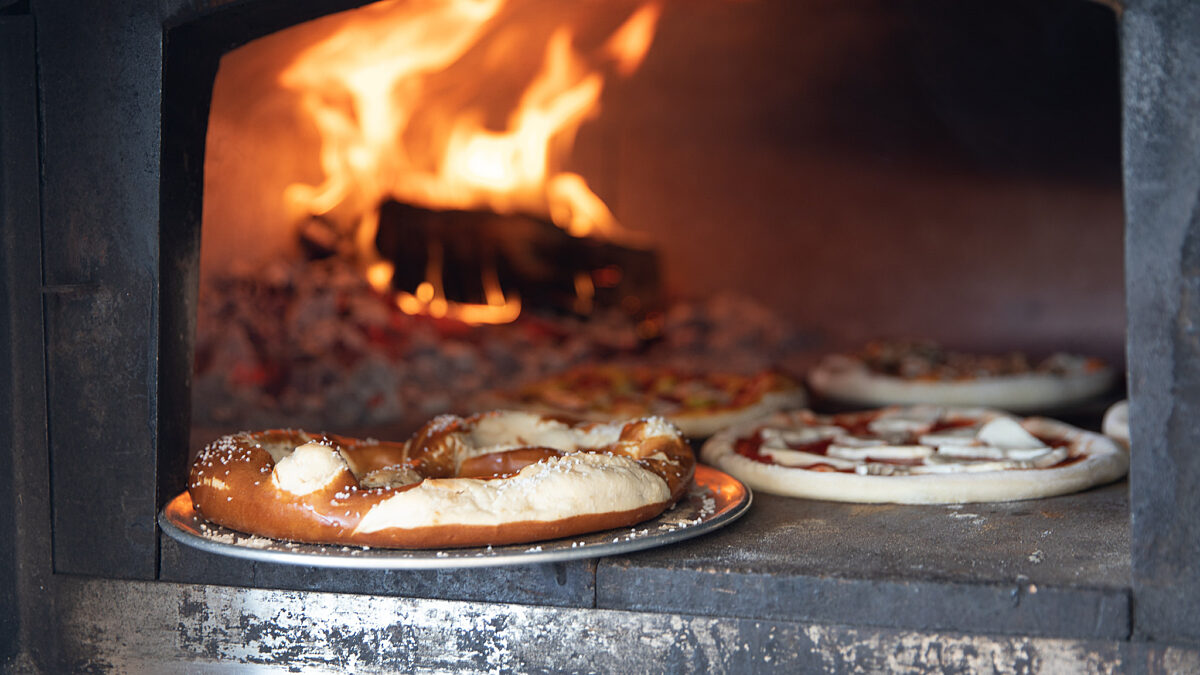Consumer Food Spending Away from Home on the Rise
Gary Joiner

photo credit: AFBF Photo, Philip Gerlach
The Agriculture Department tracks the food spending habits of Americans as part of its Food Expenditure Series. The latest numbers show consumer spending preferences are changing.
Spending away from home surpassed food at home spending by over $300 million last year. That’s the largest gap ever.
The two biggest drivers in away from home food spending are full-service restaurants and quick service restaurants. Each account for about 34% of the total.
Grocery stores continue to capture the largest market share of what people are purchasing to eat at home. But that percentage has declined significantly.
In 1999, grocery stores accounted for 72% of all at-home expenditures. Last year, that number dropped to 50%. Much of the decline was because of the growth of warehouse clubs, supercenters and home delivery.
According to analysis shared by the American Farm Bureau, food spending behavior also varies by state and region.
It’s important for farmers and ranchers to be aware of consumer food spending habits.
Per capita food at home spending was highest in Maine ($3,860), New Hampshire ($3,248), Iowa ($3,103) and Colorado ($3,064) and lowest in Arkansas ($1,920), South Dakota ($1,997) and Mississippi ($2,007).
Much of the at-home spending distribution by state appears to be to a combination of average food prices in a state and a cultural preference for eating at home.
Maine and New Hampshire, for instance, have high rural populations and high food prices, likely contributing to a higher percentage of people eating at home at a higher cost. Iowa is a bit of an outlier in its third-place spot for at home expenditures given its neighbors like South Dakota are much further down the list. This may be explained by a cultural preference to eating at home very frequently. Likewise, New York and Hawaii have high comparative food costs but show up in the bottom 10 states for food at home spending, likely linked to a cultural preference for eating away from home in more urbanized and tourist-heavy economies.
These hypotheses are further supported by distribution of away from home spending.
Washington, D.C., ranks the highest in annual per capita spending on food consumed away from home ($4,774), followed by Hawaii ($3,860), Nevada ($3,637) and Colorado ($3,586). The lowest away from home spending states were Mississippi ($2,030), West Virginia ($2,080) and Arkansas ($2,109).
Again, the regional price of food plays a role as well as commerce characteristics. Nevada’s heavily trafficked Las Vegas attractions likely account for comparatively high away from home spending. Florida, with a heavy tourism, away-from-home eating influence was in the top five as well.
Each state’s and region’s characteristics contribute to how food is marketed and transported. It’s important for farmers and ranchers to be aware of consumer food spending habits. Any change in spending preference influences how their products are ultimately sold.
Gary Joiner is director of communications at Texas Farm Bureau. A condensed version of this column was originally published by Texas Farm Bureau. It is republished with permission
Top Issues
VIEW ALL